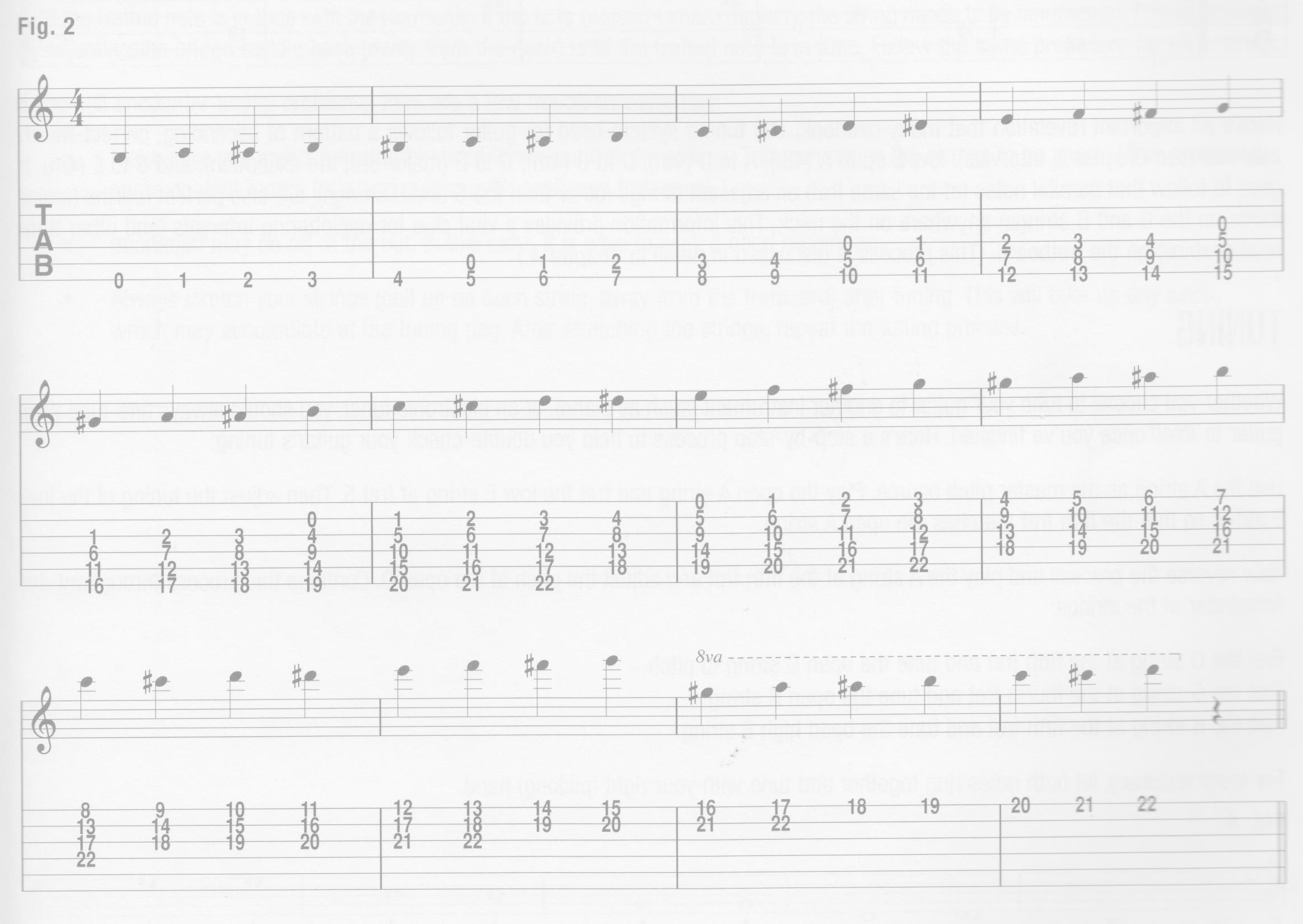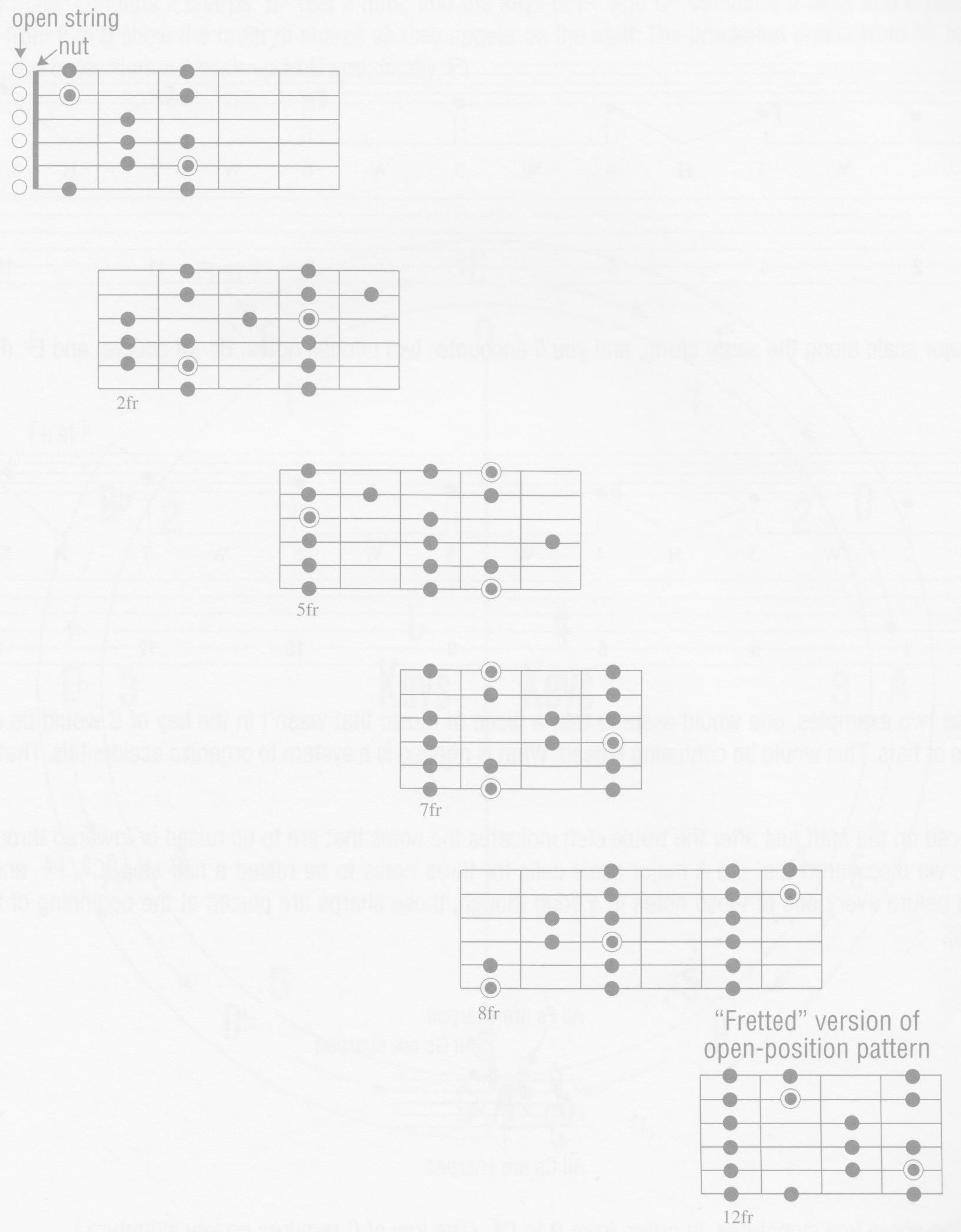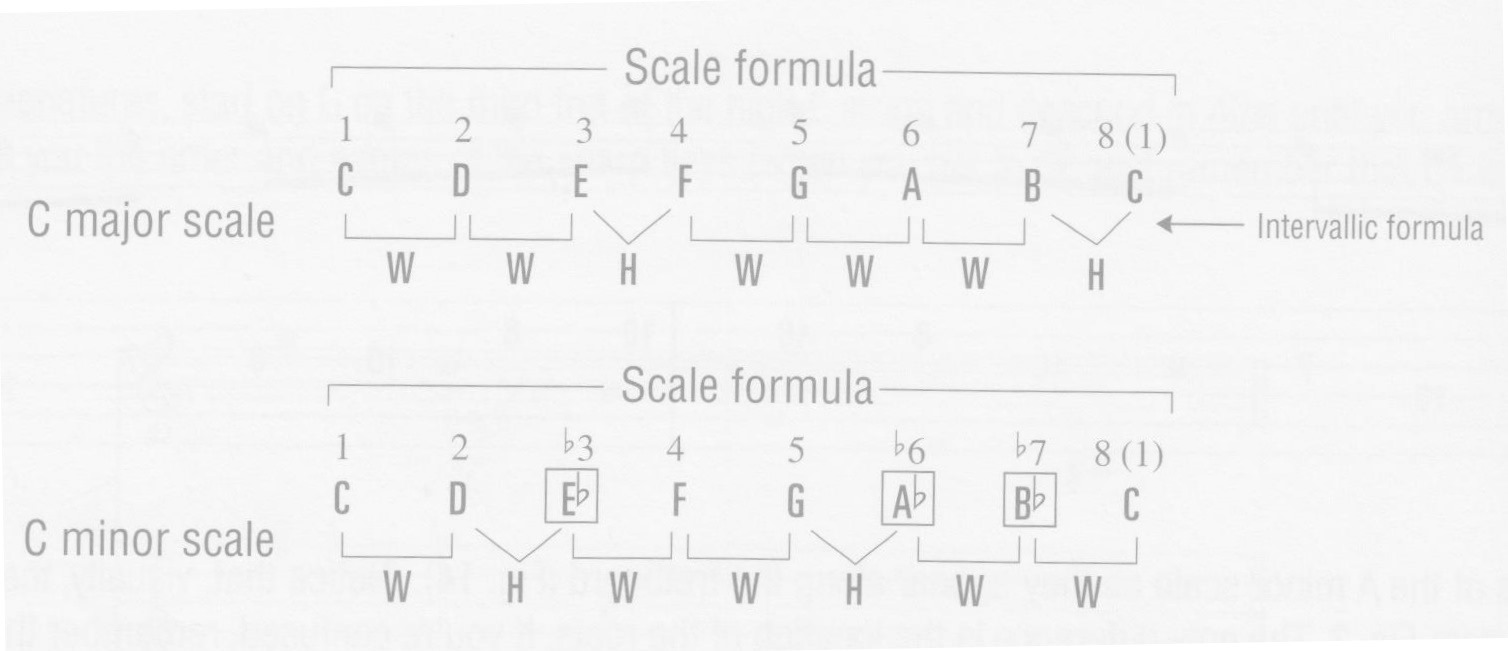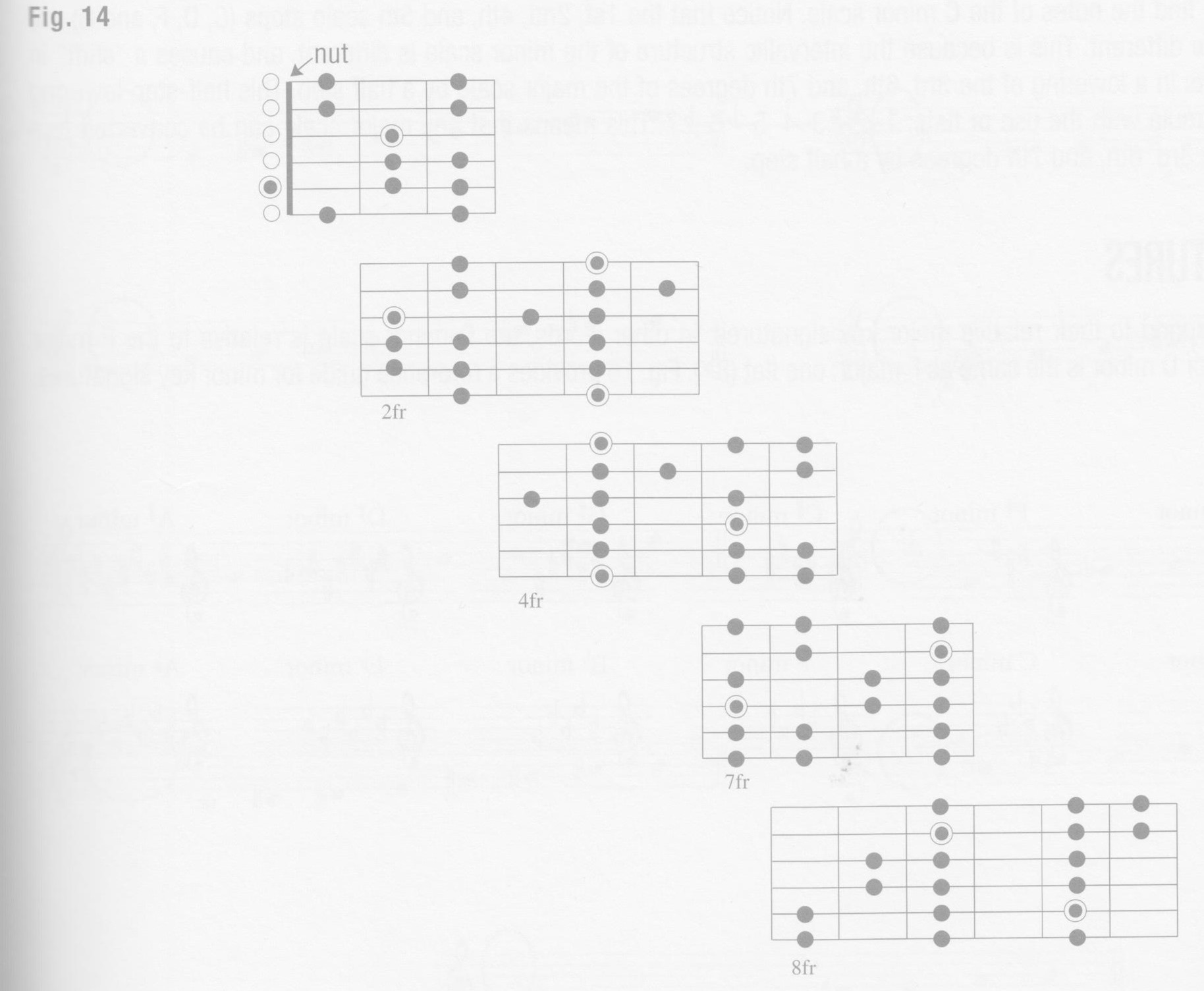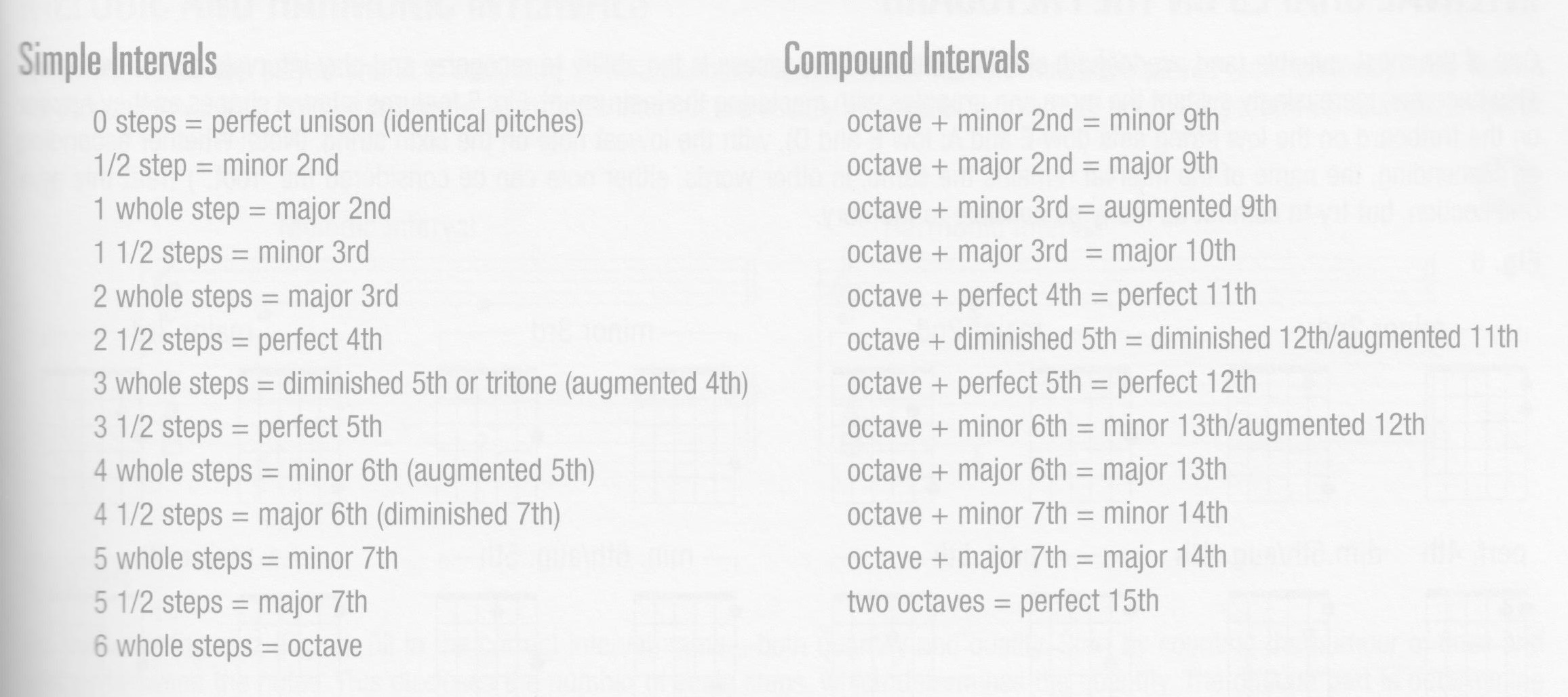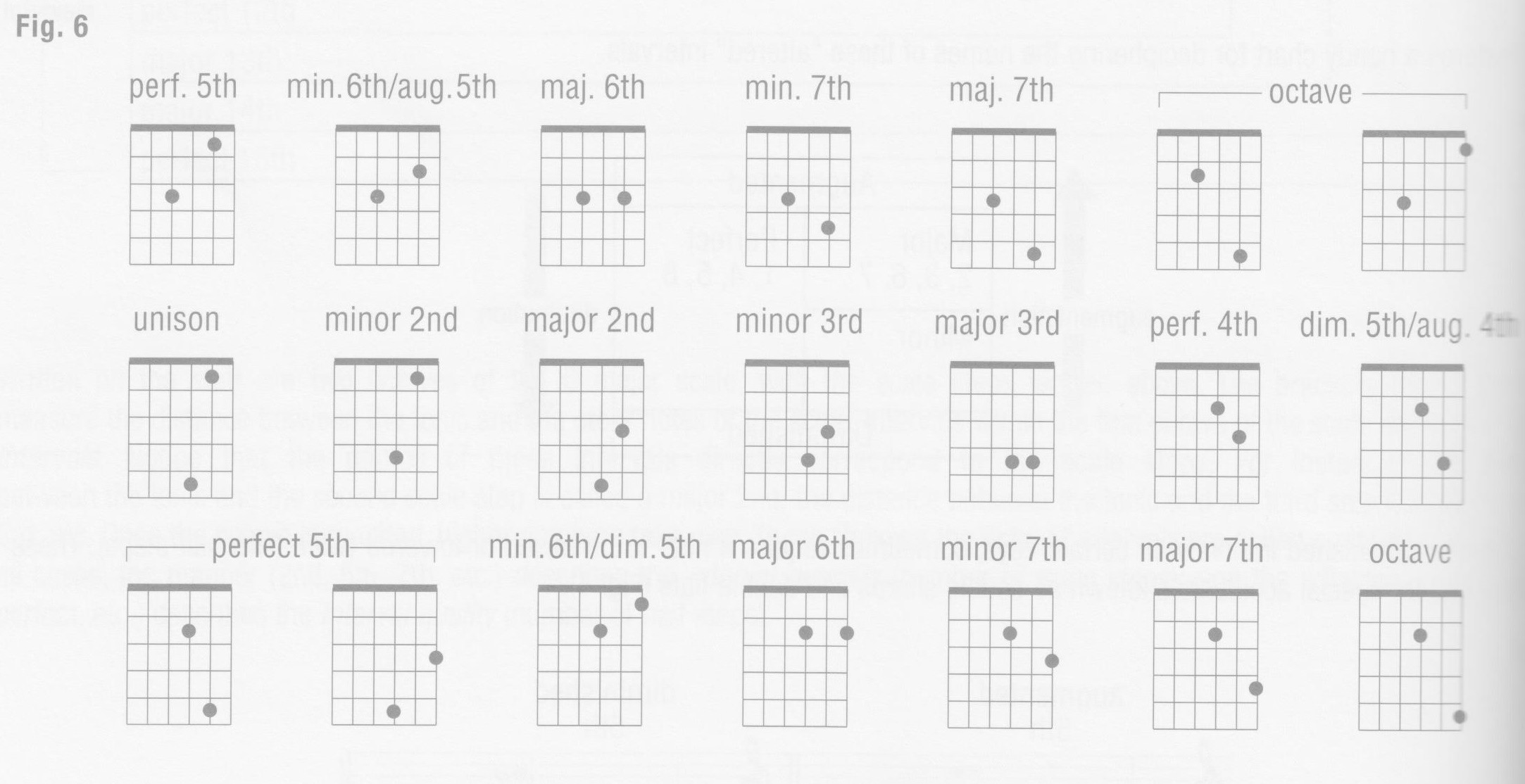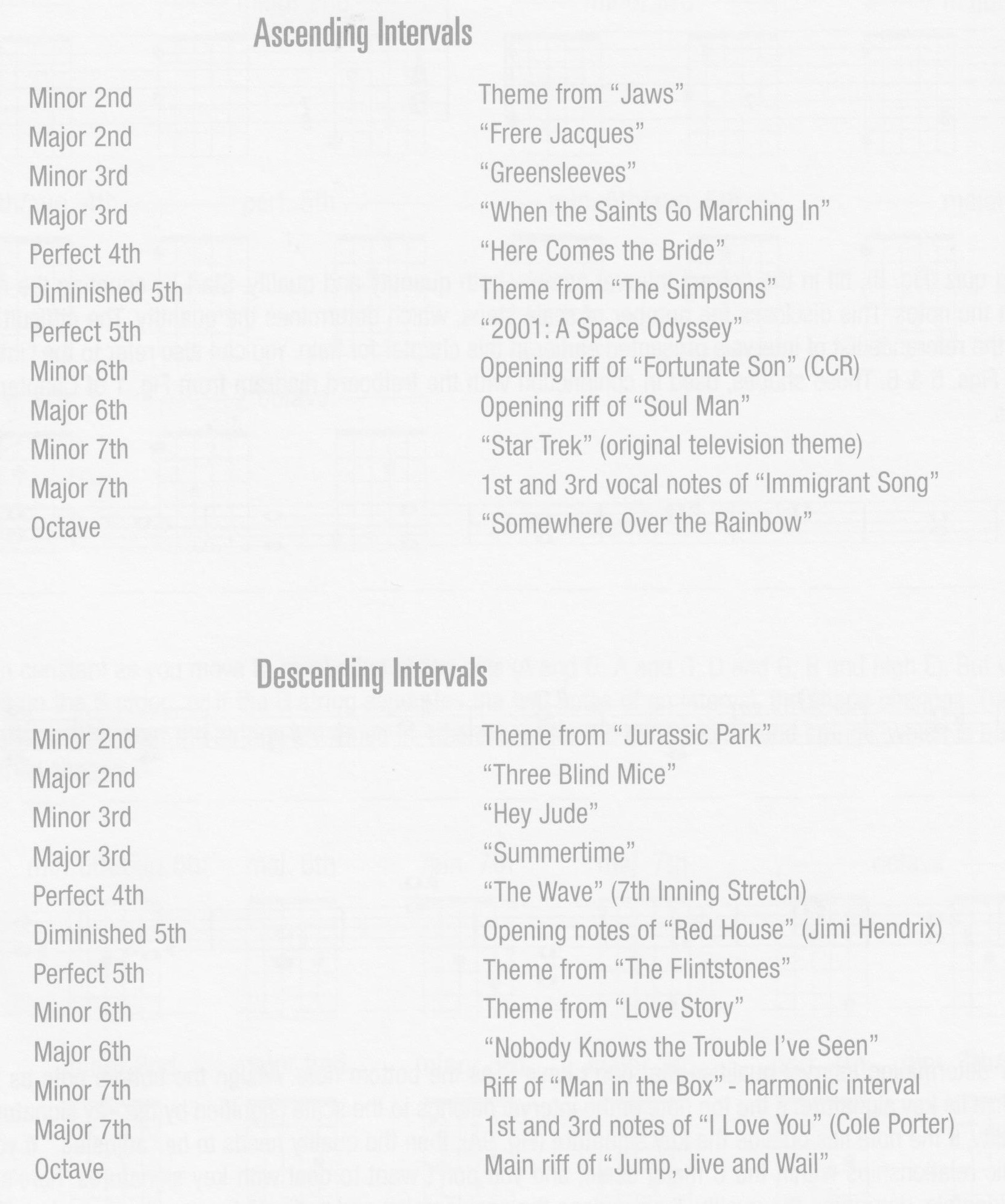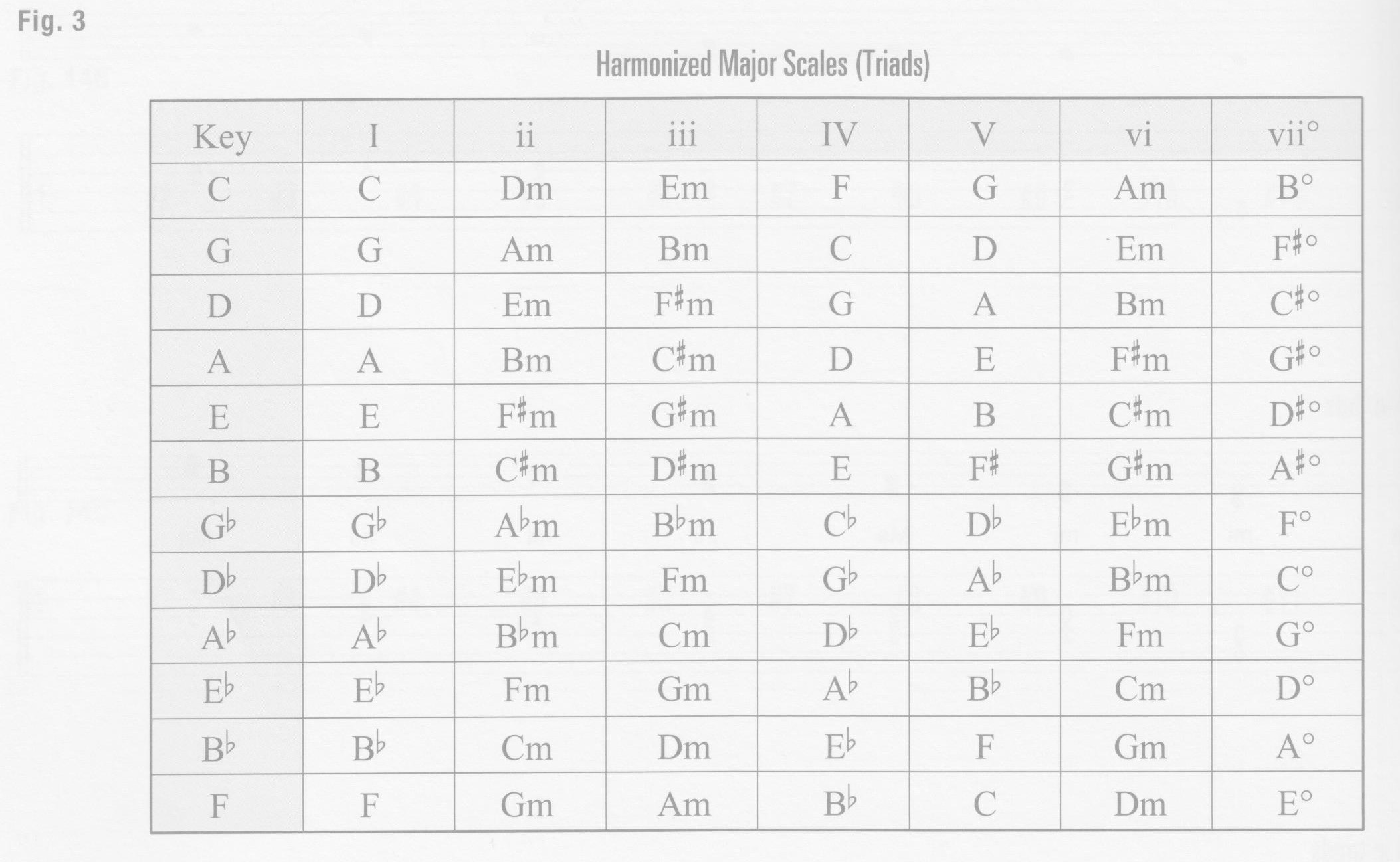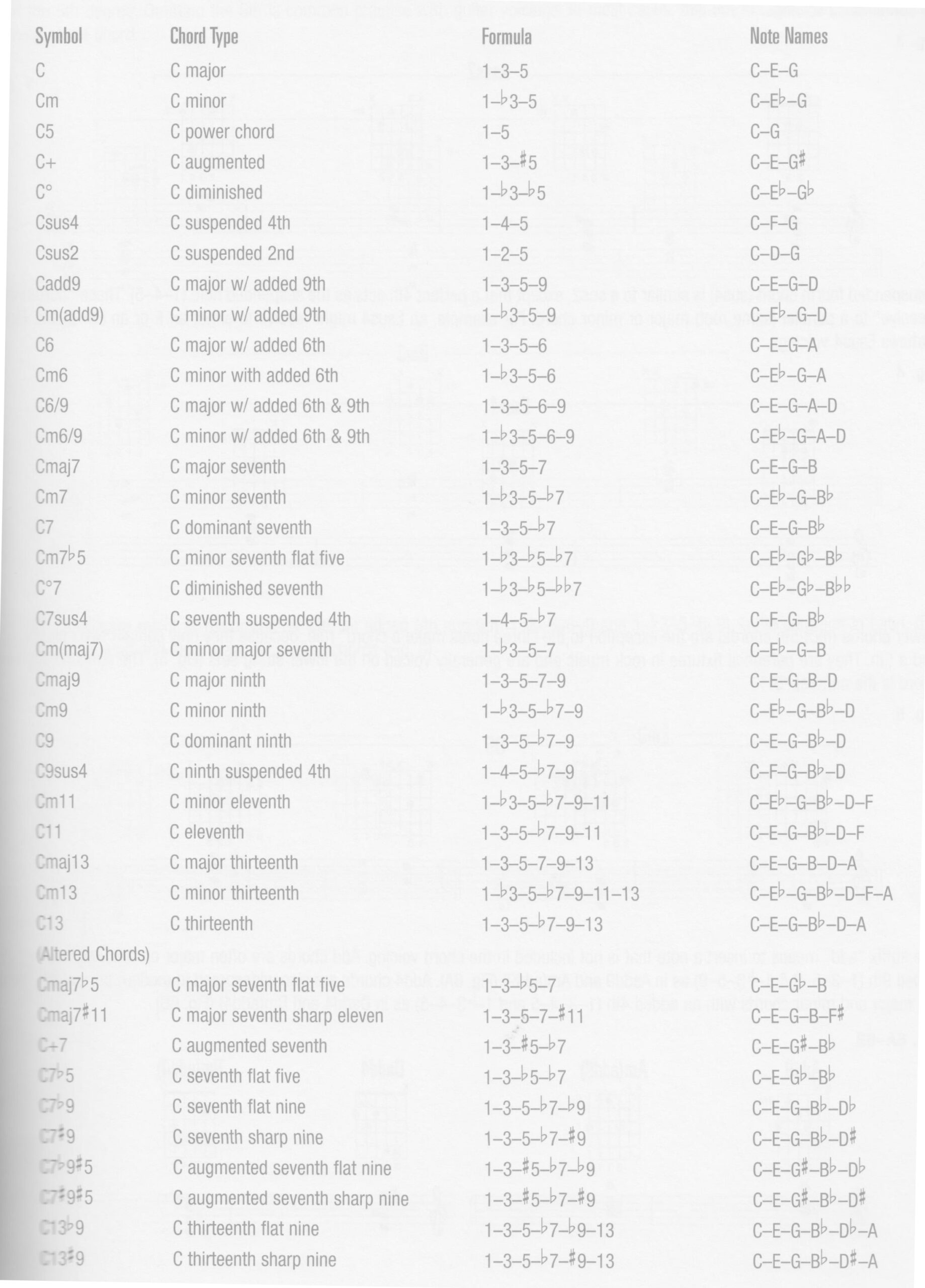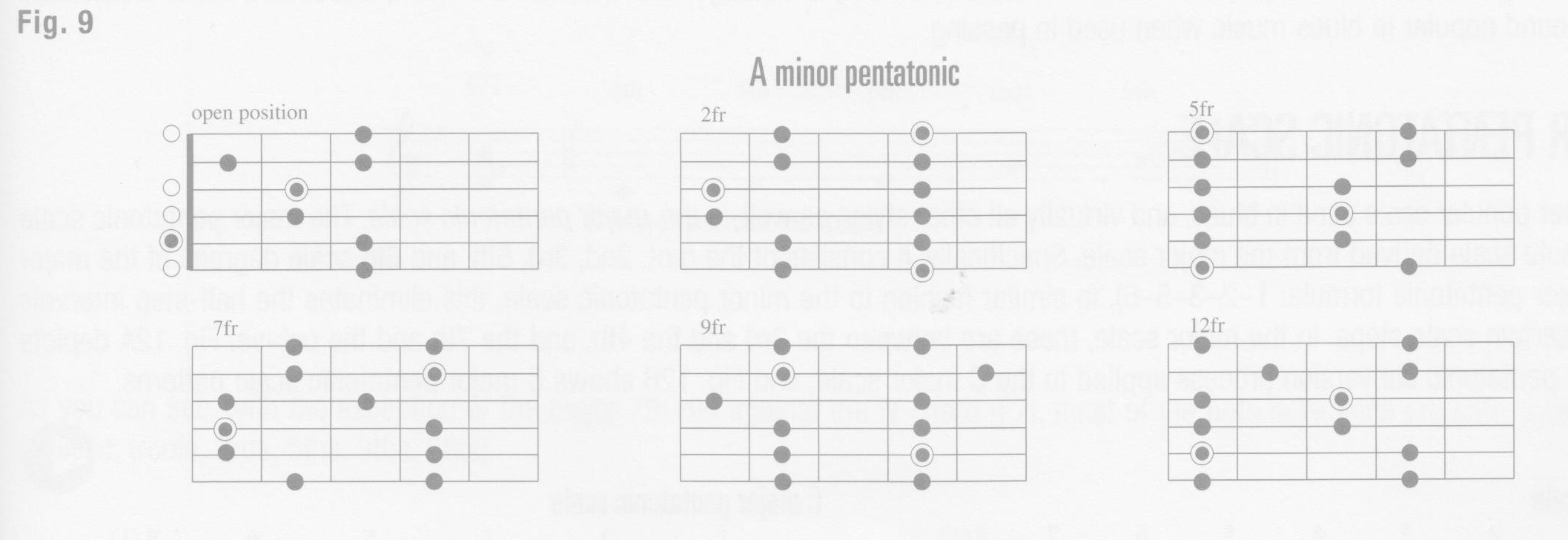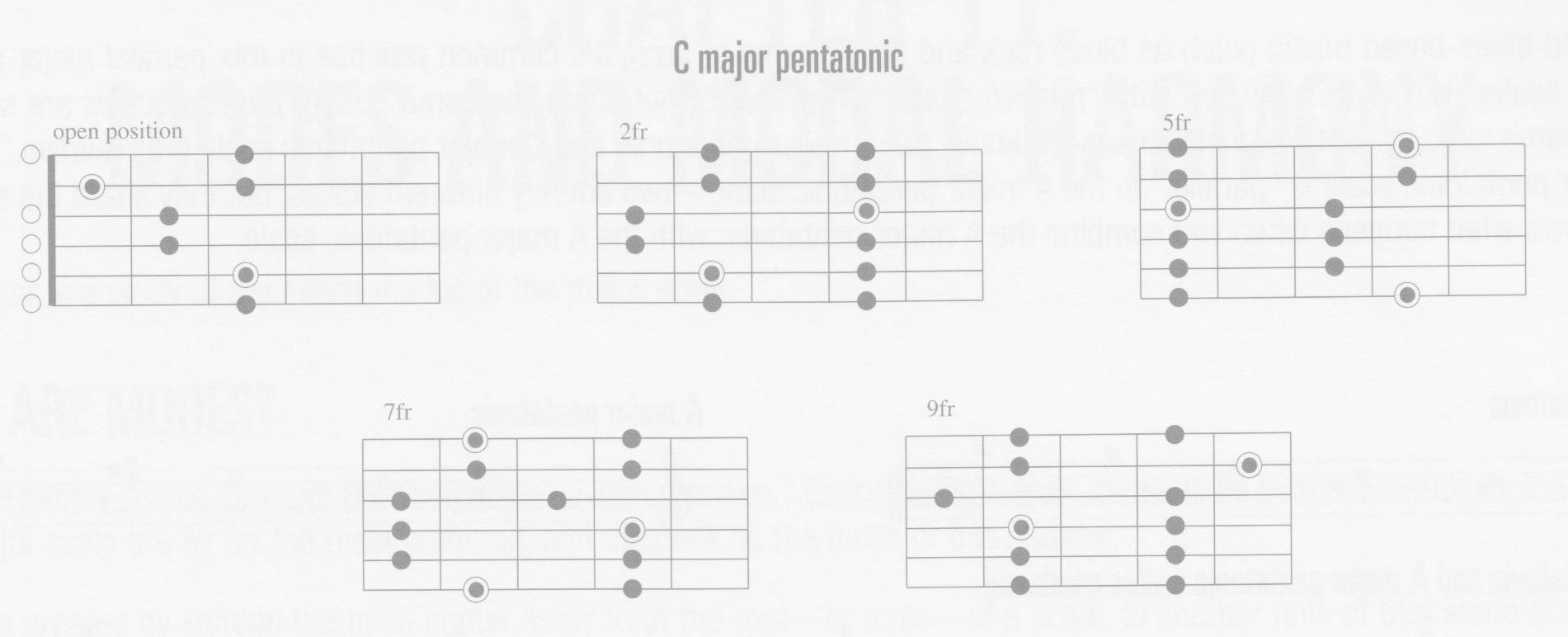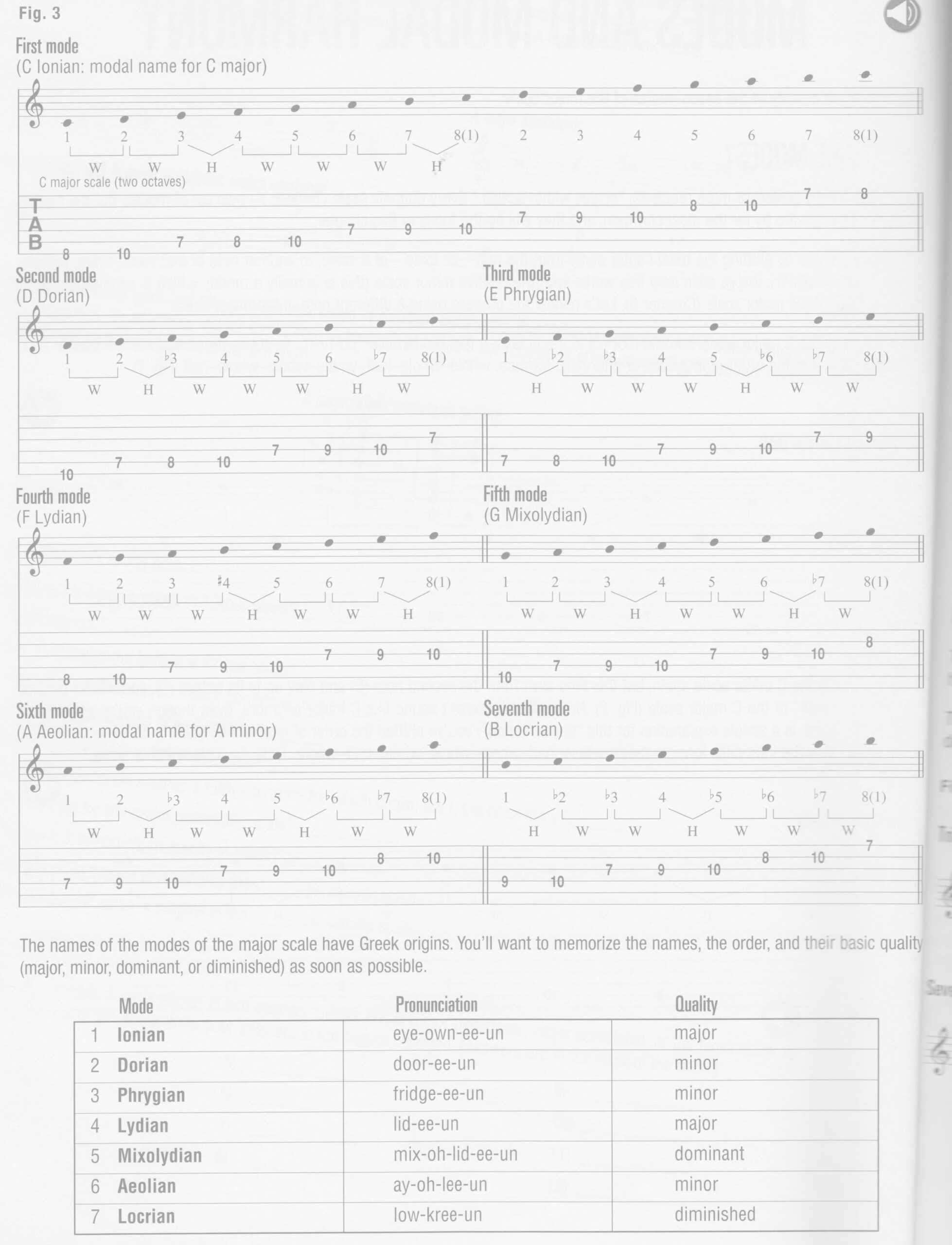Author's posts
Mar 25 2021
Book review: How to Write Songs on Guitar by Rikky Rooksby
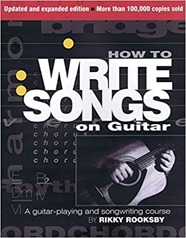 In a somewhat uncharacteristic turn my next book is about writing popular songs: How to Write Songs on Guitar by Rikky Rooksby. For me it follows on from Guitar Method – Music Theory by Tom Kolb. I’ve read several books about music theory as I’ve learnt to play guitar and they have left me a bit cold. The presentation of the algorithms to generate scales and chords is my sort of thing but there were always references to how chords made you feel that were never really explained. I was never clear on what I was supposed to be doing with this theoretical knowledge.
In a somewhat uncharacteristic turn my next book is about writing popular songs: How to Write Songs on Guitar by Rikky Rooksby. For me it follows on from Guitar Method – Music Theory by Tom Kolb. I’ve read several books about music theory as I’ve learnt to play guitar and they have left me a bit cold. The presentation of the algorithms to generate scales and chords is my sort of thing but there were always references to how chords made you feel that were never really explained. I was never clear on what I was supposed to be doing with this theoretical knowledge.
After Guitar Method I thought the next thing to do was look at chord sequences, and this book came close to the top of my searches. I also got Chord Progression Encyclopaedia by Tammy Waldrop which does exactly what it says on the cover – list out loads of chord progressions for guitar.
How to Write Songs is quite a different book, in fact it was just what I was looking for! It puts the musical theory I’ve learnt into context. It covers off some of the traditional musical theory of scales and chords but hones it down to what you are likely to actually need to write songs. The four ingredients are rhythm, melody (the tune of the voice), lyrics and harmony (chords). Rooksby seems to prefer "melody first" songwriting but outlines other methods on an equal footing.
How to write songs is divided into 16 sections, these cover the four ingredients listed above and some other things too. The sections on chords are nicely laid out, with which strings are providing which notes included (this is helpful because to the beginner this can be a bit mysterious). Rooksby also talks about how different chord variants "feel". The chord dictionary is spread across a couple of sections with more complex "fancy" chords covered in the second section.
Central to writing songs are "turnarounds", repeated sequences of chords that are used to build the harmony (chords) of a song. The melody (tune of the voice) fits in with this, or doesn’t, for effect.
There are sections on making demo recordings and a couple on more guitar specific techniques, I particularly liked the section on "altered tunings". I have seen these tunings annotated in guitar tabs but not been clear as to why they are used. Rooksby provides a good explanation as to the various types of altered tunings and where they are used. In a number of places Rooksby refers to how chords, particularly those including notes from a second octave are easier to play on piano.
The book finishes with three sections which recommend individual tracks, and albums that Rooksby sees as good examples of the songwriting art and some quotes from famous songwriters as to how they go about composing. The theme of whether songs are invented or discovered comes up a few times here.
Rooksby is opinionated in various places: he doesn’t like drum machines, fancy chords, or spontaneous decorations of melody (called melisma). This gives the book a human touch, and I suspect his opinions are pretty sound.
One of my frustrations with learning guitar is that numerous teachers go on about ear training, they often talk about not doing enough of it when they were learning. I realise now that there is a very good reason for this: ear training is actually really hard if you don’t know about the structures and chord sequences you are likely to hear. This is because for the naïve listener there is a large number of possible notes they could be hearing, and it is difficult to identify what it is. However, learning how songs are structured, and some of the theory and the options narrow down dramatically.
Everything in the book is supported by references to popular songs, and typically multiple songs are referenced for each point, so you’re likely to have heard at least one of them – and these days its very easy to find music online. I’ve listened to a lot of Radiohead and Arctic Monkeys which turn up a few times, I suspect the same will apply to many people (just with different artists).
The next steps for me are to look at the "song chords" table which lists the chords in each key, and also look at the chord sequences with their examples. Rooksby has written a number of other books, I think I might add his book on riffs to my reading list. Finally, I’m making Spotify lists of the recommended tracks and albums.
The production values for How to Write Songs are high, it is clearly and neatly laid out and well-printed. The prose is enjoyable and manages to avoid sounding dry which is a risk when writing about music theory. I’d recommend it to anyone interested in how popular music "works" on guitar.
I must admit I’d assumed that Rooksby was an American, possibly someone who had written a few songs I knew, but it turns out he is English, lives in Oxford and has a PhD in English literature (website)!
Mar 09 2021
Book review: Hidden Histories by Mary-Ann Ochota
For my next book I read 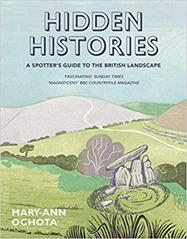 Hidden Histories: A spotter’s guide to the British Landscape by Mary-Ann Ochota. As a countryside walker and cyclists of many years, I’ve always been interested in what I saw and how it came to be, Hidden Histories is just the book for me.
Hidden Histories: A spotter’s guide to the British Landscape by Mary-Ann Ochota. As a countryside walker and cyclists of many years, I’ve always been interested in what I saw and how it came to be, Hidden Histories is just the book for me.
The book is divided into broad sections: lumps and bumps, stones, lines and "in the village" and within each of these sections there are 10 or so topics covered over a few pages each. There are many illustrations, and photographs on pretty much every page. Domestic buildings and churches are covered but castles and stately homes are not which is not unreasonable.
If there is a gap it is in the coverage of industrial landscapes which is limited, this reflects my interests and where I have lived, and holidayed, as much as anything.
"Lumps and bumps" covers long barrows (collective burials dating back to the Neolithic), round barrows (single burials, found in nearly every parish dating back to the Bronze Age), hillforts (defensive earthworks from the Iron Age), miscellaneous earthworks and the ridge-and-furrow plough system. I was interested to learn that windmill bases can be mistaken for round barrows. One learning of this section is that there are only known burials for about 10% of the estimated population of prehistoric Britain. I grew up in Dorset which makes frequent appearances in this part of the book. Maiden Castle was a regular walking spot – it is the biggest Iron Age hillfort in Europe.
The ridge-and-furrow plough systems makes a re-appearance in the section on lines. Essentially visible ridge-and-furrow systems are usually at least seven centuries old and are the result of the medieval method of farming with ox-drawn ploughs which leave a shallow S-shaped furrow. This gentle S-shape is also seen in ancient field boundaries. The way land was owned and shared is also relevant, in medieval times land was common with patches exploited by individuals but individual plots did not have hedge boundaries. This ended with the Enclosures Acts in the 18th and 19th century that made land ownership more individual although in principle it shared land equitably in practice it favoured the rich who had the resources to exploit land in line with the new Acts. Enclosure Acts were particularly important in the Midlands and had widespread impacts on both people and the landscape.
"Stones" covers standing stones, stones in circles,stones in lines, stones with symbols on them, stone crosses, stone tools and wayside markers (stone ones!). Standing stones are difficult to date, and Stonehenge is pretty unique in that its constituent parts are not local, usually stone circles are built from local stone.
"Lines" talks about Roman roads, and other ancient pathways before moving on to the shapes of fields and various chalk figures. I grew up just down the road from the impressive Cerne Abbas giant which is 2000 years old, there is also a white horse on the hillside into Weymouth but that is of George III and dates back to 1808. I hadn’t appreciated that chalk figures require very regular maintenance which is impressive considering the Uffington white horse dates back to 1400BC.
Holloways have a number of mentions – these are ancient routes that have been worn below the prevailing ground level by use. It is chastening that after the Romans left their road building skills were not surpassed until the turnpike roads were introduced a thousand years later.
"In the village" covers various buildings found in villages, mainly houses and churches but briefly mentioning pubs and barns. The age of homes is of direct professional interest for me, although the focus of Hidden Histories is older buildings. I was bemused to learn that the term "Gothic" was originally applied as an insult coined in the 1600s to describe what they saw as overly ornate buildings from the 1200-1500s.
I learnt a wide range of useful facts from this book, such as "metalled" roads being derived from the Latin for "quarry" which has always puzzled me! I also learnt that "turbary" refers to peat workings, so I have learnt a new word to slip into conversation.
I’m interested in maps and computers so it struck me there are some interesting things to do in geospatial analysis relating to this book. For example, medieval ridge-and-furrow ploughing shows up quite nicely in LIDAR, as do other earthworks. Similarly field boundaries and place names, and other mapping features, are all in Ordnance Survey mapping products and these days are readily accessible by automated means.
Cheshire, where I live now, has few entries although on this morning’s cycle I was spotting what I now know to be Enclosure Act hedging with oak "standards" spread along it. Hidden Histories satisfies a curiosity I’ve always had about the countryside I’ve been traveling through.
Mar 01 2021
Book review: Guitar Method – Music Theory by Tom Kolb
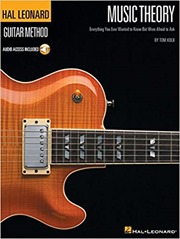 This is less of a book review and more some notes on music theory as it applies to the guitar. It is based on Music Theory: Everything you ever wanted to know but were afraid to ask by Tom Kolb from the Hal Leonard Guitar Method series.
This is less of a book review and more some notes on music theory as it applies to the guitar. It is based on Music Theory: Everything you ever wanted to know but were afraid to ask by Tom Kolb from the Hal Leonard Guitar Method series.
I’ve been playing guitar for a couple of years, and I found myself increasing asking why I am doing things and how are songs constructed. What notes belong with which chords?
The book starts with a tour of the fretboard, the version below is from the Youcisian website, I use Youcisian app for learning guitar – it’s great.
Kolb recommends learning the fretboard by picking a note and playing it up and down the fretboard at all locations. I have a new toy to help with this – a Polytune 3 tuner pedal!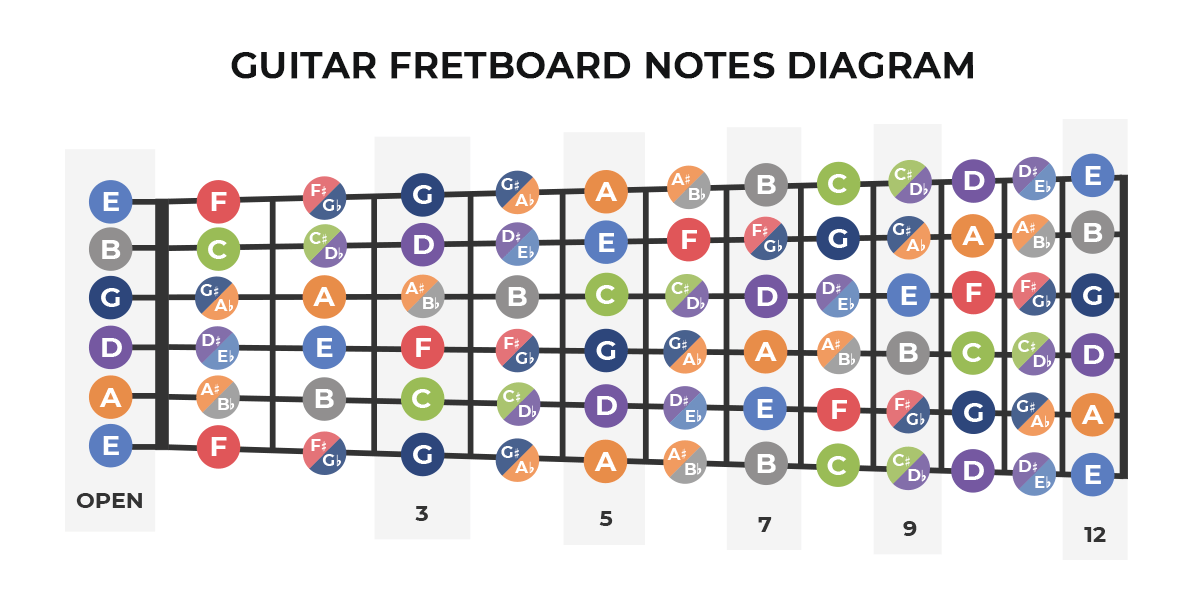
I particularly liked the figure showing how notes on the traditional stave matched up to locations in guitar tab notation.
P5 Figure 2 – how notes are repeated in traditional music notation and tabs
The observation that that the 5th fret on one string is the same note as the open note on the next string, except G to B when it is the fourth fret. This allows you to tune a guitar to itself, It seems like a useful cross-check. There was also a section on tuning using harmonics. I sort of got this working on my acoustic, I found I needed to watch a video: Justin Guitar – How to Tune Your Guitar using Harmonics to understand what I was trying to achieve.
The second chapter is on traditional musical notation, I feel I should know this but it isn’t a priority.
Chapter 3 is about scales and key signatures, there is an algorithm for generating the notes in a major scale. Figure 3 on p17 shows the C major scale in 5 locations on the fretboard.
Page 17 – figure 3 the C Major Scale at different locations on the fretboard
There is similar expression to generate minor scales.
Page 22 Figure 15 shows how the scale formula for major and minor scales compare.
Figure 13 (p21) shows how the C major and A minor scale compare
P21 figure 13 the C major and A minor scales compared
P21 figure 14 the A minor scale at different locations on the fretboard
Chapter 4 talks about intervals (steps between notes) and their names. The names of the intervals are listed.
P25 table of interval names
Each fret on the guitar corresponds to 1/2 a step. The different intervals form different patterns on the fretboard, these patterns are moveable but they change around the G-string because the interval to the G-string is four steps rather than 5.
P26 figure 5 interval shapes on the top strings
P26 figure 6 interval shapes on the bottom strings
P28 A list of popular songs illustrating the intervals
Chapter 5 introduces us to triads which form the basis of chords. The pattern for major triads is 1-3-5 and that for minor triads is 1-flat 3-5. Augmented triads are 1-3-sharp 5 and diminished triads are 1- flat 3 – flat 5
Chapter 6 – harmonizing the major scale chords are related to scales via the process of harmonisation. The chords of a scale are given Roman numerals with the case indicating whether they are major or minor chords, and a o superscript indicating the diminished vii chord. The chords for the major scales are shown in the figure below
P36 Figure 3 Harmonized major scales
Jazz, blues and other music styles use 7th chords which add a seventh to the 1-3-5 pattern. This produces a harmonized chord table which looks like the above but with a 7 added to each chord! Actually the I and IV chords get a maj7 and the V chords just a 7.
Chapter 7 following on from the harmonized major scale get to construct a whole load more chords with different names by modifying the basic 1-3-5 formula.
P41 Chord names
Power chords are unusual in that they are comprised of only two notes 1-5, the rest are three or more. This does not say anything about the voicings of a chord, the exact notes on the fretboard which are played. Slash chords are sometimes just simplified names for chords which have a complex formal names. There are polychords, indicated by one chord name over another, like a fraction which suggest two chords played together they are not very relevant to guitarists.
Chapter 8 – we can repeat the exercise of harmonising the major scale for the minor scale. This changes the pattern of major and minor chords. Relative scales such as C major and A minor use the same chords but they take different roles in the chord number sense.
P50 Figure 3 shows how the Roman numerals and chords of the A minor and C major scale relate.
P50 Figure 4 shows the harmonised minor scale
Chapter 9 if we know the scale a set of chords belongs to in a song them we can play notes from that scale as a solo over it. Progressions often start and end on the I chord so we can use that as a clue, and the V chord is distinctive too this seems to be because it is the "dominant" chord. Popular music often sticks with one key centre but other forms of music such as jazz can switch from key centre to key centre but they usually return to the original key centre.
Chapter 10 – the blues doesn’t follow the same scheme as discussed to this point. There are a number of different standard blues progressions based around the I, IV and V chords. The blues makes a lot of use of the minor pentatonic scale
P63 Figure 8 Formula for the pentatonic scale along with the major scale for comparison
P63 figure 9 A minor pentatonic scale at different positions on the fretboard
The blues scale has a different formula again, handily the formula and the scale at the 5th and 11th frets are shown in the same figure for the A blues scale. We should play notes from this scale of the A7(I), D7(IV) and E7(V) chords.
P64 Figure The blues scale formula with positions on the fretboard.
There is also a major pentatonic scale.
P64 Figure 12A The formula for the C major scale and the C major pentatonic scale, compared
P65 Figure 12B The C major pentatonic scale at different places on the fretboard.
To make matters more confusing it is not uncommon to mix the major and minor pentatonic scales with the same root together (parallel scales)!
Chapter 11 covers the modes of a scale. Modes of a scale use the same sequence of notes but with a different starting note because they use the same notes they differ from the scale starting at that note. The modes have names Ionian, Dorian, Phyrgian, Lydian, Mixolydian, Aeolian and Locrian.
P68 Figure 3 the modes of the C major scale and their notes on the fretboard
The chapter covers each mode, showing formula (notes), construction, category (major, minor etc), differentiating scale degree. chord types, harmony (Roman chord numerals), and common progressions as well has patterns on the fretboard.
Chapter 12 other scales and modes, this starts with an encyclopaedia of further scales, such as the whole tone scale and chromatic scale, showing information similar to that shown for the standard modes. This chapter includes information on arpeggios and how chords relate to scales.
Chapter 13 chord substitution and reharmonization. These appear to be ways of modifying chords, either by changing or adding a note or by substituting chords in a progression. What chords can be substituted for which depends on the family the chord lies in (Tonic, subdominant, dominant). This is one of those places where the function of chords are hinted at, tonic being something that "resolves" the key, IV chords move away from the tonic and V chords move towards it.
P88 Figure 2 Chord families illustrated for the C major scale.
I find it useful to think in terms of computer code, what information do I need to generate the fretboard, scales and chords.
- Fundamentally we need the notes A-A#-B-C-C#-D-D#-E-F-F#-G-G#
- From the notes we can generate the fretboard given there is a half step per fret and the notes on the open strings (E-A-D-G-B-E) – it would be interesting to know which octave a note sits in;
- Using the scale formula I can generate the major, minor, major pentatonic, minor pentatonic and blues scales from the notes;
- Given the harmonisation of a scale I can get the chords in the scale;
- Given the chord compositions (i.e. 1-3-5) I can generate the notes in a chord and the names of the chords;
- There’s probably an interesting exercise in generating chord voicings and scoring them for playability and sound;
- Finally, we can calculate the modes of a scale;
Missing from Music Theory is much description of the "function" chords, these are hinted at in terms of returning to the root chord and resolving tension. Chord progressions and song structure are also not covered.
It seems like the next steps are looking at some of the songs in my songbooks, or tabs on Songsterr and working out which chords are being used and hence which scales, and what the chord progressions are. I should also be able to work out which scales riffs come from. It would be good to learn about song structure too.
Feb 19 2021
Book review: Exercises in Programming Style by Cristina Videira Lopes
 Recently our CIO has allowed us to claim one technical book per quarter on expenses as part of our continuing professional development. Needless to say since I was buying these books already I leapt at the opportunity! The first fruit of this policy is Exercises in Programming Style by Cristina Videira Lopes.
Recently our CIO has allowed us to claim one technical book per quarter on expenses as part of our continuing professional development. Needless to say since I was buying these books already I leapt at the opportunity! The first fruit of this policy is Exercises in Programming Style by Cristina Videira Lopes.
The book is modelled on Raymond Queneau’s book Exercises in Style which writes the same story in 99 different ways.
Exercises in Programming Style takes a simple exercise: counting the frequency of words in a file and reporting the top 25 words, and writes a program to do this in forty different styles spread across 10 sections.
The sections are historical, basic styles, function composition, objects and object interaction, reflection and metaprogramming, adversity, data-centric, concurrency, interactivity, and neural networks. The section on neural networks breaks the pattern with example programmes only handling small elements of the word frequency problem. The sections vary in size, the objects and object interaction is the largest.
Lopes talks about styles in terms of constraints, for example in the "Good old times" historical style there are no named variables and limited memory, in the "Letterbox" style objects pass messages to one another to prompt actions.
The shortest implementation of the example is in the "Code Golf" chapter with just six lines, other examples run to a couple of pages – a hundred lines or so. Lopes is somewhat opinionated as to style but quite balanced providing reasoning where unusual styles may be appropriate. This was most striking for me in the section on "Adversity" which discussed error-handling. Lopes suggests that a "Passive Aggressive" style with error handling all occurring at the top level in a try-except block is better than my error handling to date which has been more in the "Constructivist" (trapping errors but proceeding with defaults) or "Tantrum"(catching errors and refusing to proceed) style.
Sometimes the fit to the style format feels slightly forced, in particular in the chapters relating to neural networks but in the Data-Centric chapter I learnt how to implement spreadsheet-like functionality in Python which is interesting.
I’ve been programming for about 40 years but as a physical scientist analysing data or trying out numerical models rather than a professional developer. Exercises brings together many bits and pieces of things I’ve learnt, often in the context of different languages. For a while I’ve had the feeling that I didn’t need to learn new languages, I needed to learn how to apply new techniques in my favoured language (Python) and this book does exactly that.
Once again I was bemused to see Python’s "gentleman’s agreement" methodology over certain matters. By convention methods of a class whose name start with an underscore are considered private but this isn’t enforced so if you really want to use a "private" method just go ahead. Similarly many object-oriented languages support a "this" keyword for the members of a class to refer to themselves. Python uses "self" but only by convention, you can specify "self" is "me" or whatever other name you please. The style format provides a nice way of demonstrating a feature of Python in a non-trivial but minimal functioning manner.
It is somewhat chastening to discover that many of the styles in this book had their abstract origins in the 1960s, shortly before I was born, entered experimental languages such as Smalltalk in the seventies where I would have read about them in computer magazines and became mainstream in the eighties and nineties in languages like C++, Java and Python, not long after the start of my programming career. Essentially, most of the action in this book has taken place during my lifetime! In physics we are used to the figures in our eponymous laws (Newton, Maxwell etc) being very long dead. In computing the same does not apply.
What I take away from Exercises is that to a fair degree modern programming languages can be used to implement a wide range of the ideas generated in computer science over the last 50 or so years so in improving your skill as a programmer learning new languages is not the highest priority. There is a benefit to learning new techniques in a language in which your are familiar. Clearly some languages are designed heavily to support a certain style, for example Haskell and functional programming but I found it easier to understand monads explained in the context of Python than in Haskell where everything was alien.
Exercises is surprisingly readable, the programs are well-documented and Lopes’ text is short but clear with references to further reading. It stands alongside Seven databases in Seven Weeks by Eric Redmond and Jim R. Wilson as a book that I will rave about and recommend to everyone!
Feb 05 2021
Book review: Entangled Life by Merlin Sheldrake
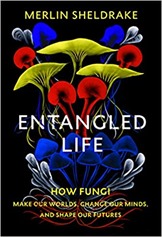 Entangled Life by Merlin Sheldrake is a book which came to me via my wife, as she read it she kept providing me intriguing nuggets of information about fungi so I thought I would read it next. For the older reader Sheldrake might be a familiar name, his father Rupert Sheldrake was something of a character perhaps best known for his theory of morphic resonance.
Entangled Life by Merlin Sheldrake is a book which came to me via my wife, as she read it she kept providing me intriguing nuggets of information about fungi so I thought I would read it next. For the older reader Sheldrake might be a familiar name, his father Rupert Sheldrake was something of a character perhaps best known for his theory of morphic resonance.
Entangled Life is not a dry, systematic study of fungi but rather a rambling exposition with much biographical detail. Each chapter contains a good description of some facet of fungi, alongside some broader discussion of the people and places Sheldrake visited to write the chapter and musings on the broader meaning of the facet.
The first chapter, entitled "A Lure", is on truffles, looking back this chapter is designed to entice us into reading further by talk of a very financially valuable, and desirable fungi. Sheldrake takes us to the woods of Italy for a truffle hunting trip providing scientific detail alongside the human story.
Next comes "Living Labyrinths", inviting us to change our mindset about how an organism is put together. Fungi are not like plants or animals, they are a network composed of hyphae. Different fungi have different network structures, and the hyphae in a network can be arranged in different large scale structures such as chords and rhizomorphs. The mycelium network can transport substances over distances, and also signals, although it isn’t clear how they do this. Mycelium networks can "solve" maze-like problems, I’ve seen reports of this in the past and I don’t see it as evidence of intelligence – essentially the networks solve a diffusion problem by using diffusion. They are a type of analogue computer.
"The intimacy of strangers" introduces us to lichens – fungi-algae symbionts. The structure of lichens and symbiosis were discovered in the second half of the 19th century. The discovery was something of a revelation, previously there had been organisms and their parasites – none of the cooperation that symbiosis is founded on. It is fair to say we are still learning a lot about lichens, including the fact that the partners in lichens can be quite fluid. Lichens challenge our ideas about what it means to be a species.
"Mycelial Minds" is definitely the most terrifying chapter – it details how ophiocordyceps takes over carpenter ants and has them behaving in very specific ways (climbing to a high point on a stem and waving their legs around) for the furtherance of the fungi. Also discussed in this chapter are LSD and the Psilocybin mushrooms, fungi or their derivatives that are psychoactive in humans.
"Before roots" covers the long standing relationship between plants and fungi – it is proposed that it was fungi that hauled plants out of the waters and onto land, hundreds of millions of years ago. Fungi specialise in accessing minerals locked in rocks, and the remains of lichens would have formed the first soils on land (they still do, when new land from volcanic activity or otherwise is exposed). This would have provided water-borne plants with a mechanism for accessing nutrients on dry land. Fungi still form a critical partnership with plants, extending and enhancing the plant’s own root network in exchange for energy derived from the sun by photosynthesis – fungi cannot photosynthesise themselves.
"Wood wide webs" talks about how forests are knitted together with mycelium networks which link one tree to another, and another. In a small patch of woodland one tree was found to be linked to 47 others via the mycelium network. The mycelium network can transmit some of the plant distress signals as well as moving nutrients from one tree to another. In some ways Sheldrake dislikes the reference to the Wood Wide Web because it sees the trees as the "servers" in network and the fungi reduced to the lowly cables and routers.
"Radical mycology" – the science side of this chapter is the development of fungi for the remediation of pollution and producing recyclable "green" materials. It starts with a discussion on the coal measures laid down in the Carboniferous period – this was a time when the mechanisms for decomposing wood were limited. Since then fungi have evolved which are efficient in degrading lignin – a key component in wood – this is a rare skill. The human side is the longstanding mycology counter culture, fungi have not had a high academic profile but have attracted an enthusiastic amateur following initially interested in psilocybin mushrooms but now more generally involved in research and discovery.
"Making sense of fungi" – the scientific element of this chapter is around fungi particularly their use in making alcohol. I was intrigued to learn of the "drunken monkey" hypothesis of our taste for alcohol – essentially our ape ancestors used alcohol as an indicator to find ripe (or even over-ripe fruit). Humans have a mutation in an enzyme which enables them to process alcohol, otherwise it would be (more) toxic to us – they evolved this ability before they started deliberate fermentation to make alcohol.
One of the recurring themes of this book is how relatively little studied fungi are, they don’t fit into our neat, longstanding picture of the living world consisting of plants and animals, and individuals rather than symbionts being the fundamental unit of biological thought.
I found Entangled Life a fascinating and enjoyable read, and I didn’t even have to buy the book!

